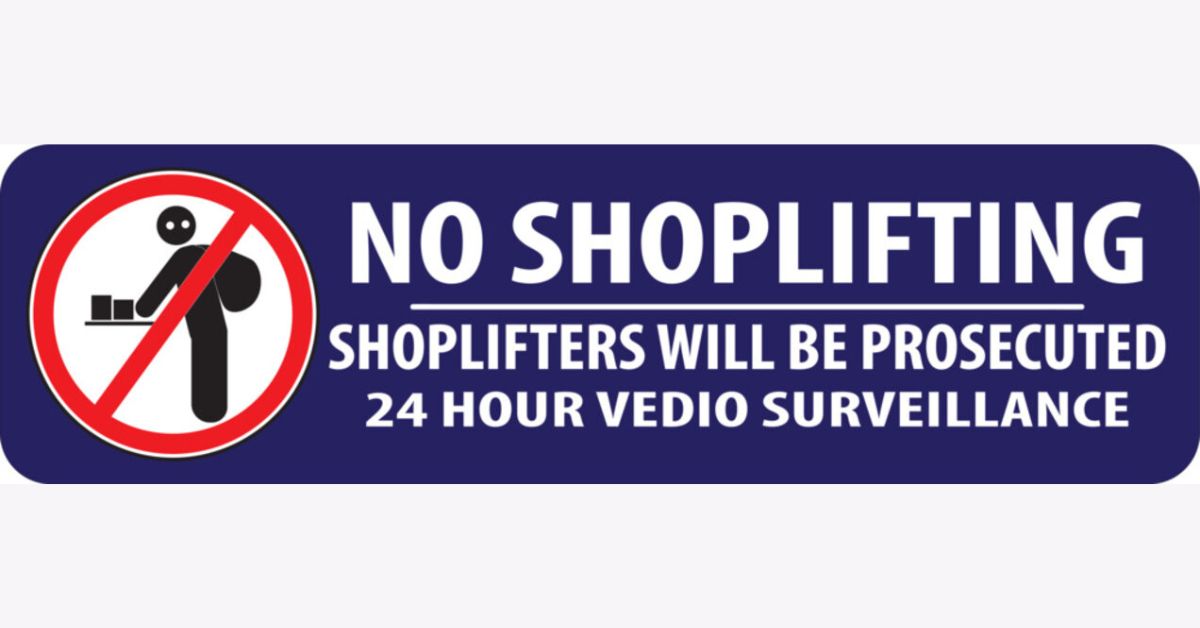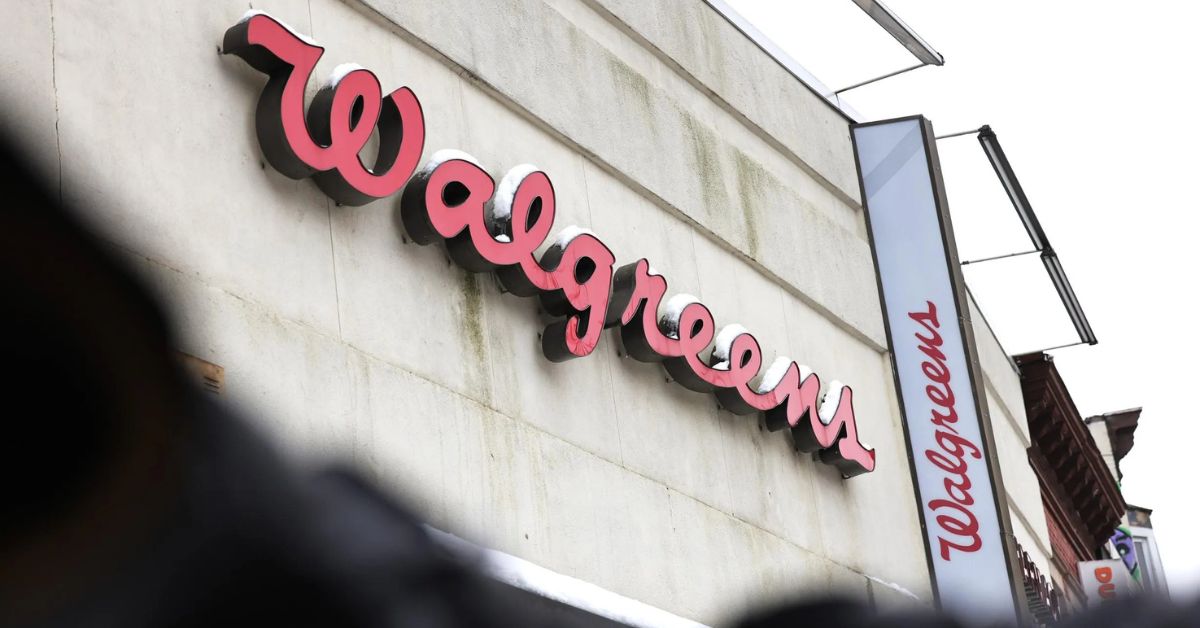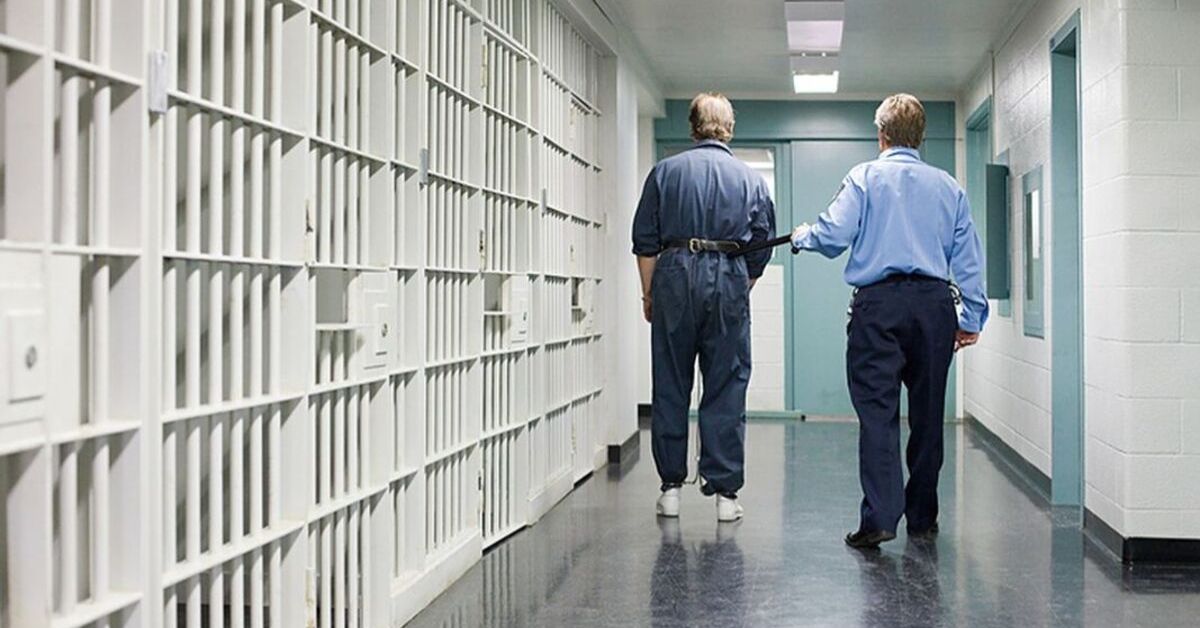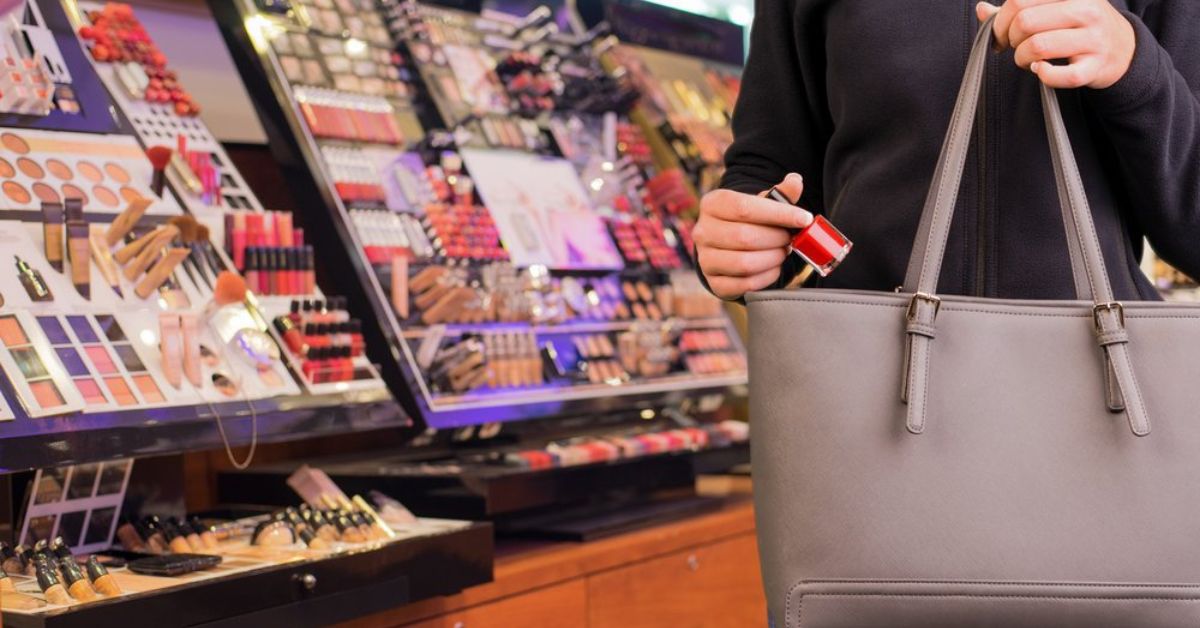Shoplifting is the biggest challenge for retail stores. While it might seem like a minor issue to some, it can have significant financial consequences for businesses.
No matter if you’re the owner of a small boutique or a large retail chain, having an effective strategy for shoplifting prevention can help you save your profits.
Let’s explore how to stop shoplifting to offer a safe and dynamic environment for your customers.
Why Shoplifting Prevention Matters
If you’re figuring out how to stop shoplifting, you’re not the only one. Every other shop owner is struggling to find one. Preventing retail theft is one of the most significant challenges. And it can have a serious impact on your business.
Every stolen item can result in a direct loss of revenue. You may also find it hard costs for security measures, higher insurance premiums, and lower staff morale if they feel unable to control theft.
Many stores also experience retail theft prevention issues during peak seasons or holidays, making it even more critical to implement effective measures.
How to Stop Shoplifting: Key Tips for Retailers
Train Your Employees
Your staff is your first line of defense when it comes to preventing retail theft. Educate them on the most common signs of shoplifting, such as suspicious behavior, avoiding eye contact, or lingering in areas with high-value items. Proper training can help employees spot potential shoplifters early on and deter them from following through.
Make sure to implement a clear reporting procedure so that employees know what steps to take if they suspect someone is stealing. This process should prioritize their safety and minimize conflict with suspected shoplifters.
Use Security Measures
Installing security cameras is one of the most effective measures to minimize shoplifting in the stores. Make sure the cameras installed are focusing on entries, exits, and up on stock or inventory.
Keep in check the electronics, clothing or cosmetics sections. This will help discourage most shoplifters from going ahead and taking what does not belong to them.
If you’re thinking of ways to prevent shoplifting, installing mirrors can be one useful way. This will help create a more minimal yet controllable atmosphere. Make sure that you place security systems over the expensive items to prevent thieves from stealing them without being caught.
Place Signs Warning Against Shoplifting
Place signs in highly visible areas, such as near entrances and exits that warn potential thieves of the consequences of stealing.
These signs might mention the legal ramifications, such as being reported to the police, or they may simply remind customers that the store monitors prevent theft in retail closely. Putting clear signs for shoplifters can be a surprisingly effective way to discourage shoplifters.
Maintain a Well-Lit and Organized Store
A cluttered, poorly lit-store makes it easier for shoplifters to steal without being noticed. Keeping your store well-organized and properly lit ensures that you can easily spot suspicious activity. It also gives employees a clear line of sight to monitor shoppers.
In addition, having an organized store allows for easier stock management, making it quicker to notice if something goes missing.
Be Strategic with Store Layout
Where you place products in your store can have a big impact on preventing theft in retail. High-value items should be placed in areas where they are easy to monitor, such as near the register or in view of staff.
Placing these items away from exits also gives staff more time to notice if someone is trying to leave without paying.
Employee Presence on the Floor
Encourage employees to walk the floor regularly. A strong employee presence can deter shoplifters from attempting to steal. Engaging with customers also makes it harder for thieves to blend in.
When staff members greet or approach customers, it makes them aware that they’re being watched, which can dissuade theft.
Use Inventory Control Systems
Having a solid inventory management system can help you quickly identify when and where theft might be occurring.
Regular stock checks and tracking sales in real time can help spot patterns of missing items, alerting you to potential problem areas. These systems help in retail theft prevention, stay ahead of theft trends, and address the issue before it grows.
How to Identify a Shoplifter?
One of the key ways to prevent shoplifting is to identify a shoplifter. You can train your staff to act quickly and intervene before any mishap take place. Some of the most common behaviors to watch out for include:
- Constantly watching employees rather than looking at merchandise.
- Carrying large, empty bags or wearing oversized clothing that could hide items.
- Spending an unusually long time in one area without showing interest in making a purchase.
- Frequently entering fitting rooms with many items and leaving with fewer.
- Nervous behavior, trembling or blushing, stirring, shifting, or wiping face.
Creating Policies and Building Loss Prevention Teams
For the large chain retail stores, it would if you take into consideration Walmart’s loss prevention policy so that you can write a good policy towards the shoplifters.
It covers practices like hiring separate personnel whose tasks involve paying close attention to the prevention, control, and reporting of cases of shoplifting. Such teams remain out of sight, and their job is to stop theft and proper handling of cases of shoplifting as a line of law.
It may not be feasible or manageable for small retailers to have a full time loss prevention team; therefore, policies and procedures should be followed stringently. Your staff should know precisely how to respond in case they are almost certain of theft.
How to Prevent Theft in Retail Stores: Additional Strategies
Retail theft prevention isn’t easy. However, with these easy tips, you can prevent shoplifting:
- Bag inspection at checkout: Some stores opt to check customer bags upon exit, especially if there is no clear receipt for items. Ensure this policy is communicated respectfully and clearly to avoid frustration from honest customers.
- Dressing room policy: Check dressing rooms so that no items go missing. Creating a policy that will allow only a certain amount of merchandise that be taken by a customer into a changing room is a good technique for preventing theft.
- Right employee placement: An employee placed at this point creates a positive impression and prevents possible theft in the store. Shoplifters tend to avoid being seen walking around a store, and meeting an employee may discourage them from shoplifting.
Bottom Line
Preventing theft in the store is always a priority for any business. You don’t have to think of something extraordinary to prevent shoplifting. You can start by implementing security measures, employment training, store organization, and strong policies. This will enable you to prevent theft in retail.
It is important to train your staff to be knowledgeable and train them to take the right measures timely. Implementing consistent theft measures will contribute to developing safety and smooth retail operations for your customers. Use these preventive measures to enable the smooth running of your store.






